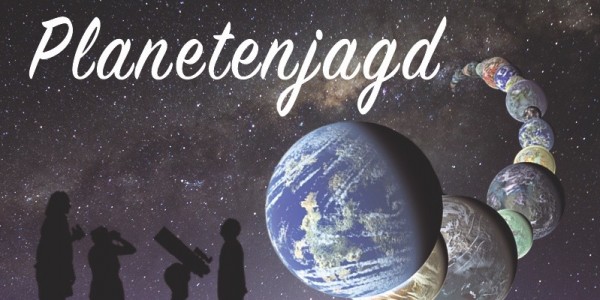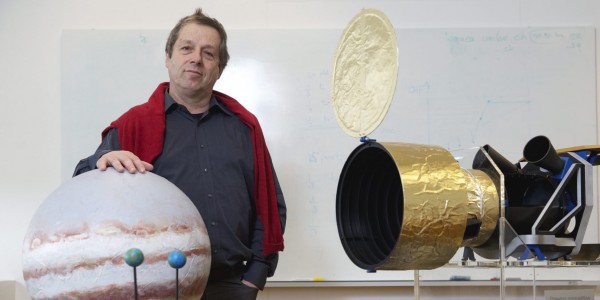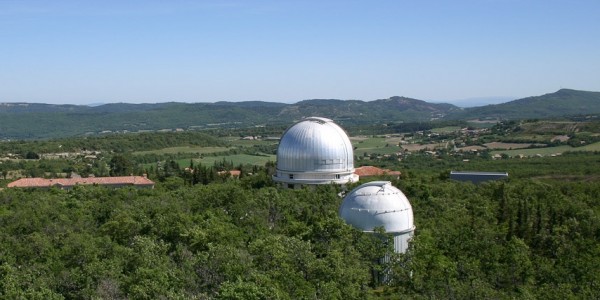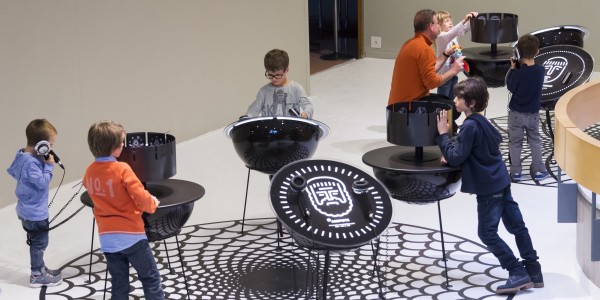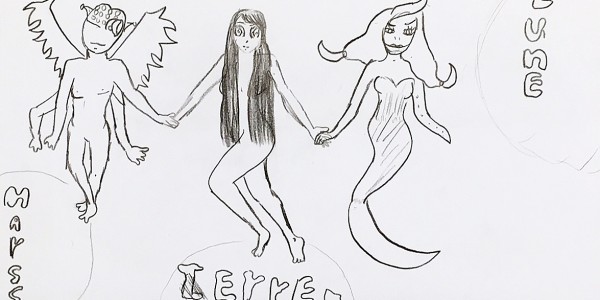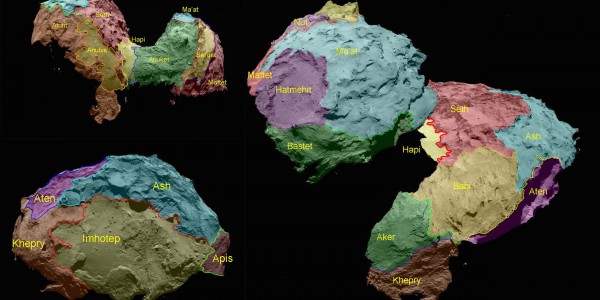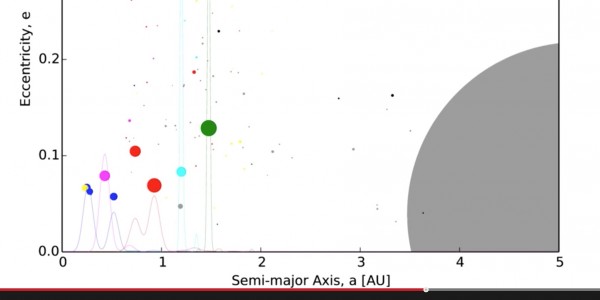External Newsletter
The hunt for habitable planets
5 September 2015: Take part in the event «Planetenjagd». How did life originate on Earth? Could life develop elsewhere in the universe? Ask scientists, listen to short lectures, take part in workshops for children and adults – and solve the quiz! Physicists, geologists, biologists, chemists, philosophers and theologians of the «Center for Space and Habitability» CSH, University […]
Continue ReadingNCCR PlanetS
Dear Reader, You are looking at the first edition of the e-Newsletter of the National Center for Competence in Research (NCCR) PlanetS. The Swiss National Science Foundation launched PlanetS in June 2014 as a response to an astronomical revolution. The one spawned by the discovery in 1995 of the first planet orbiting another solar-type star […]
Continue Reading51 Peg b – top secret
Studying the data collected at the Observatory of Haute-Provence the astronomers in Geneva knew something big was coming. But they kept their secret and worked hard to eliminate all sources of error. The Summer of 1995 – like every day at noon, astronomers from the Geneva Observatory interrupted their work for lunch in the cafeteria. […]
Continue Reading“I could not believe it”
51 Peg b changed our view of the Universe – and the life of its discoverers, Michel Mayor and Didier Queloz. “I thought there was something not working in the software,” remembers Didier Queloz his first reaction when he analyzed the data collected with the spectrometer called ELODIE. Has it always been a goal to discover […]
Continue ReadingPlanets for beginners
“When I think that I do not even know what a planet is,” exclaimed Véronique, a specialist in contemporary art, pushing open the doors of “Exoplanets”, the exhibition organized by the Museum of Natural History in Geneva. It is a gray day and light rain sprinkles the city on this fresh Sunday of April, ideal weather […]
Continue ReadingAmazing weather reports
There are clear skies on exoplanet HAT-P-11b, whereas infernal winds are blowing high up on HD 189733 b. Today, with their elaborate instruments on Earth and in space astronomers not only discover new exoplanets, but also gain insight into the atmospheres of these distant worlds. In the future they even hope to detect signals of […]
Continue ReadingDedicated to planet hunting
At the European Southern Observatory exoplanet science brought a rich harvest in the past, and the future looks even brighter as ESO guest author Gaspare Lo Courto explains in the following article. By Gaspare Lo Courto, ESO This year marks two decades since the discovery of the first exo-planet orbiting another solar-type star, 51 Pegasi […]
Continue ReadingSend your drawing into space
Imagine: You are pointing at the starry night sky and tell your friends «up there flies my drawing through space». In fact, this is possible. With the ESA Space Telescope CHEOPS (CHarakterizing ExOPlanet Satellite), which is built under the supervision of the University of Bern, 3000 children’s drawings will fly into space. 888 drawings will […]
Continue ReadingIntriguing features on Chury’s surface
A group of researchers led by scientists at the University of Bern have recently published a study describing many amazing and intriguing features on the surface of a comet using new images from the European Rosetta space mission. Various viewing angles for 67P/Churyumov-Gerasimenko with overlain colorized regions. The regions have been named using ancient Egyptian […]
Continue ReadingCollisions in the computer
The worlds’ fastest code for simulating planet formation calculates millions of possible orbits and close encounters between celestial bodies. It was developed by scientists of PlanetS at the University of Zurich. The video shows a real time visualization of 100000 test particles in Jupiters gravitational field simulated with GENGA. GENGA2 is the name of the […]
Continue Reading
